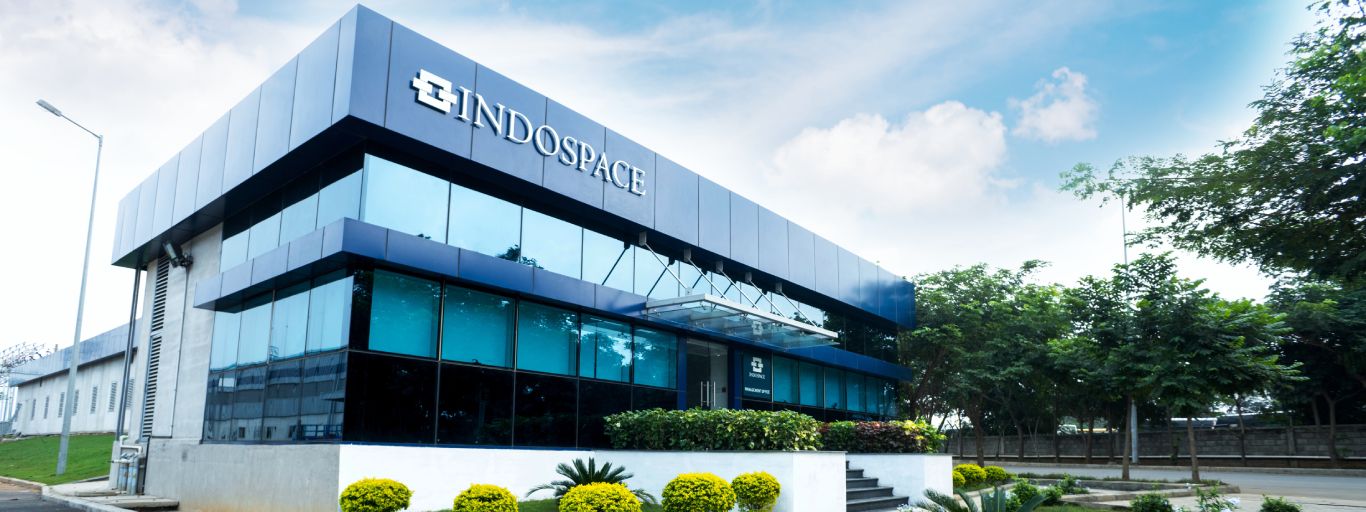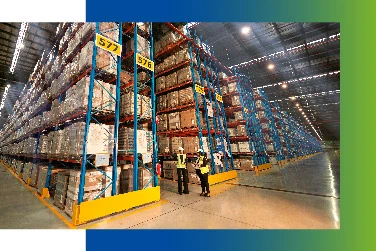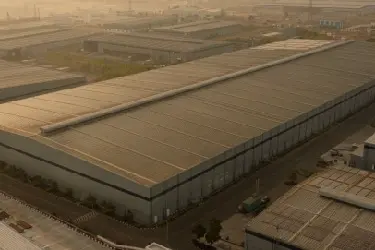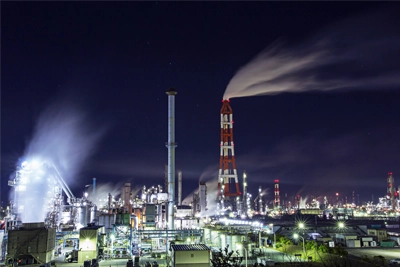Warehouses around the world need to focus on reducing the carbon footprint to help save the environment. They need to work on two main areas – lighting and temperature control. These are the lifeline of every warehouse and require enormous amounts of energy to operate. With proper planning and implementation of energy-saving policies, warehouses can substantially lessen carbon footprint, thereby, ensuring a sustainable future.
Here are a few ways that would help you reduce warehouse carbon footprint:
Reduce the cost of lighting
By implementing smart lighting techniques, warehousing companies in India can significantly reduce their energy cost. To increase visibility, the management, at times, installs lights even at places where they are not needed. It is important to first determine which parts of the warehouse actually need light. There are some warehouses where darkness does not prohibit the continuous flow of work such as the robotic warehouses. Here, light is not required at every corner as the work is done by robotic forklifts and automated trolleys rather than humans. Also, you need to keep in mind that every warehouse requires a different kind of lighting system.
Opt for battery-powered vehicles
Many warehouses have not adapted to changing technologies and are using fuel-powered vehicles. They not only use more energy but are also not good for the environment. The best solution to reduce the cost of energy is by replacing fuel-powered vehicles with the battery-powered ones. They are emission-free, energy-efficient and much more affordable than the fuel-powered vehicles.
Temperature control
Outdated temperature control systems can substantially increase the warehouses’ carbon footprints. Temperature control systems are an integral part of every warehouse to provide a comfortable working environment. However, they are costly and use huge amounts of energy. Many warehouses are still relying on traditional forms of heating, ventilation and cooling equipment. By installing modern and energy-efficient system, warehouses can reduce the carbon footprint to a great extent. The warehouses can use high volume, low-speed fans and thermostats that have timers to control the temperature. To provide pre-heated air during the winter, the warehouses can be built with solar wall systems. Also, through the aid of HVAC cooling and ventilation, night purging can be done, which means the cool night air will replace the hot air inside the warehouse thereby cooling it.
Proper maintenance of doors
Small openings, cracks, faulty doors etc can lead to a flow of air in the warehouses. This can also lead to inefficient functioning of the air conditioning system, thereby, resulting in an increase in the carbon footprint. Rising energy costs can be taken care of by paying attention to the maintenance of doors and windows and checking whether there are a lot of cracks or openings. A more efficient method will be to replace the traditional doors with the ones that are insulated and open and close at a much faster speed.
Warehouses can make a substantial contribution to the environment by adapting new technologies. State-of-the-art modern systems like motion sensors, fluorescent lights and Integrated Warehouse Management Systems can ensure less warehouse carbon footprint which would result in a green and healthy planet.
Tag – warehouse management, warehouse in India, carbon footprints







